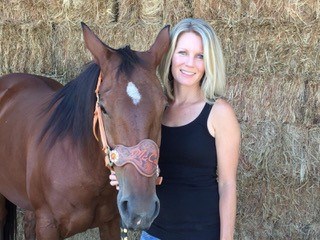Electrochemotherapy Successful in Treating Equine Sarcoids
Sarcoids, the most common form of skin tumors in equids, are not only unsightly, but they also can be a frustrating condition to treat, as they often reoccur after the initial treatment. While some sarcoid treatment methods such as cryosurgery (freezing), laser therapy, light therapy, radiation, Bacillus Calmette-Guerin (BCG) injections, chemotherapy, and various topical medications have proved successful, none have been universally effective. However, a team of researchers recently examined electrochemotherapy as a treatment method with promising results.
Electrochemotherapy (ECT) combines chemotherapy and electrical field pulses, which allows for the penetration of an anti-cancer drug (cisplatin in this case) at a much higher concentration than when injected directly into the tumor. While veterinarians have used ECT on horses in the past, the treatment’s efficacy for reducing sarcoids in a large number of horses had not been evaluated. A team of researchers led by Youssef Tamzali, DVM, PhD, Dipl. ECEIM, a veterinary professor at Toulouse Veterinary School (TVS) in France, completed a retrospective study to evaluate the success of cisplatin ECT treatments for sarcoids.
The researchers reviewed veterinary records of 34 horses, two ponies, 11 donkeys, and one mule that were examined at the TVS Equine Teaching Hospital from October 1999 to December 2004. The animals had a total of 194 non-malignant sarcoids in various areas of their bodies. Of those, 75 were either recurrences of previously reduced sarcoids or those that had not responded to other treatments.
The ECT was used either alone or in conjunction with tumor debulking surgery (in which as much of the tumor is removed as possible). Treatments were performed every two weeks for as long as was deemed necessary (anywhere from two to 14 weeks in this particular study). Veterinarians administered general anesthesia before each procedure as ECT treatments are not performed on conscious or sedated horses
Create a free account with TheHorse.com to view this content.
TheHorse.com is home to thousands of free articles about horse health care. In order to access some of our exclusive free content, you must be signed into TheHorse.com.
Start your free account today!
Already have an account?
and continue reading.

Related Articles
Stay on top of the most recent Horse Health news with


















